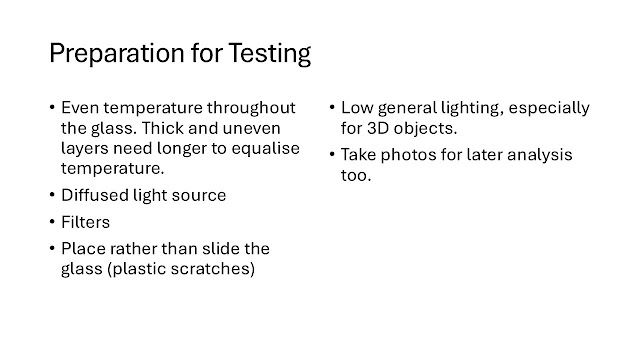This post may help with choosing high performance fastenings to glass objects. Glass bonding with silane and polymer coatings.
Although glasses are often valued for their chemical inertness, this property also presents challenges when attempting to form strong chemical bonds with other materials. Silanes and polymer coatings offer effective solutions by enhancing the bond between a glass and other materials in a composite.
The Challenge
The challenge of bonding glass to polymers spans across several industries, including industrial, automotive, and healthcare. In biomaterial applications, polymer carriers are often used to deliver glass or ceramic particles to specific treatment sites. However, bioactive glasses, commonly used in treatment delivery and bone regeneration, face a similar issue: the mismatch in critical surface tension and adhesion properties between the materials in the composite.1 This mismatch is primarily driven by differences in hydrophobicity and hydrophilicity, making it difficult to create strong, stable bonds.
The key question, then, is how to improve and strengthen the bonds between glass and polymer materials to create stable composites that benefit from the properties of both material types.
The Solution
Fortunately, there are several approaches to improving the bonding characteristics of glass. One such solution is the use of silane or polymer materials as adhesive treatments. These materials help bypass the challenges of forming direct chemical bonds between the surface oxide groups on the glass and the substrate of interest.
Silanes
Silanes are particularly effective in improving the bonding between glass and other materials due to their ability to form highly stable siloxane bonds. These strong covalent bonds enhance the compatibility between glass and various organic or inorganic surfaces, creating a stronger interface than unmodified glass. Silanes are an excellent choice for composites, retaining the properties of glass while significantly improving surface chemistry and wettability.
One challenge in forming glass-bonded materials is the introduction of a new surface type, which can create potential regions of weakness and shear. Silanes act as effective coupling agents by forming strong covalent bonds with both the glass and the substrate, reducing these weak points and enhancing the overall stability and durability of the material.2
While physical abrasion and etching with hydrofluoric acid can improve adhesion by roughening the surface, chemical modification using silanes is often preferable. Chemical bonds offer superior grafting properties compared to physical methods, resulting in stronger, more durable connections between glass and other substrates.
Polymers
Polymer materials are widely used for bonding to glass due to their flexibility, which is highly advantageous in adhesive applications. While silicone-based materials can bond to glass, they are generally not as strong as many polymer adhesive options.
One such polymer adhesive, polyurethane, is a popular choice for bonding glass in various industries. This popularity is due to its flexibility, which helps absorb and mitigate vibrations induced by movement, enhancing the durability and integrity of the bonded structure. Similarly, acrylic adhesives are the ideal choice for oily or corrosive environments or for use in high-temperature applications. Epoxy adhesives also offer similar benefits, with excellent chemical and electrical resistance.
While many polymers show good adhesion to glass surfaces, their bonding interactions tend to be weaker than the covalent bonds formed with silanes, relying instead on intermolecular forces.3
Polymer adhesion is sufficient for many applications, especially where motion or substrate deformation is likely, as flexibility in the bonding is beneficial. However, for applications that demand the highest levels of adhesion, combining silane treatment with polymer bonding provides a superior solution. This approach significantly enhances bond strength, making it ideal for situations requiring both flexibility and durability.
MO SCI Solutions
MO SCI has a long history of developing custom glass solutions for even the most challenging applications. We can help you find innovative and effective ways to overcome the challenges of glass bonding and adherence to create devices that not only have the properties for peak application performance but are also stable and resistant to environmental degradation.
Contact us today to discuss your application.
References and Further Reading
- Brauer, D. S. (2015). Bioactive Glasses — Structure and Properties Angewandte. Angewandte Chemie – International Edition, 54, 4160–4181. https://doi.org/10.1002/anie.201405310
- Yavuz, T., & Eraslan, O. (2016). The effect of silane applied to glass ceramics on surface structure and bonding strength at different temperatures. Journal of Advced Prosthodontics, 75–84. https://doi.org/10.4047%2Fjap.2016.8.2.75
- Park, H., & Lee, S. H. (2021). Review on Interfacial Bonding Mechanism of Functional Polymer Coating on Glass in Atomistic Modeling Perspective. Polymers, 13, 2244. https://doi.org/10.3390/polym13142244
https://mo-sci.com/enhancing-glass-bonding-characteristics-with-silanes-and-polymer-coatings/







































